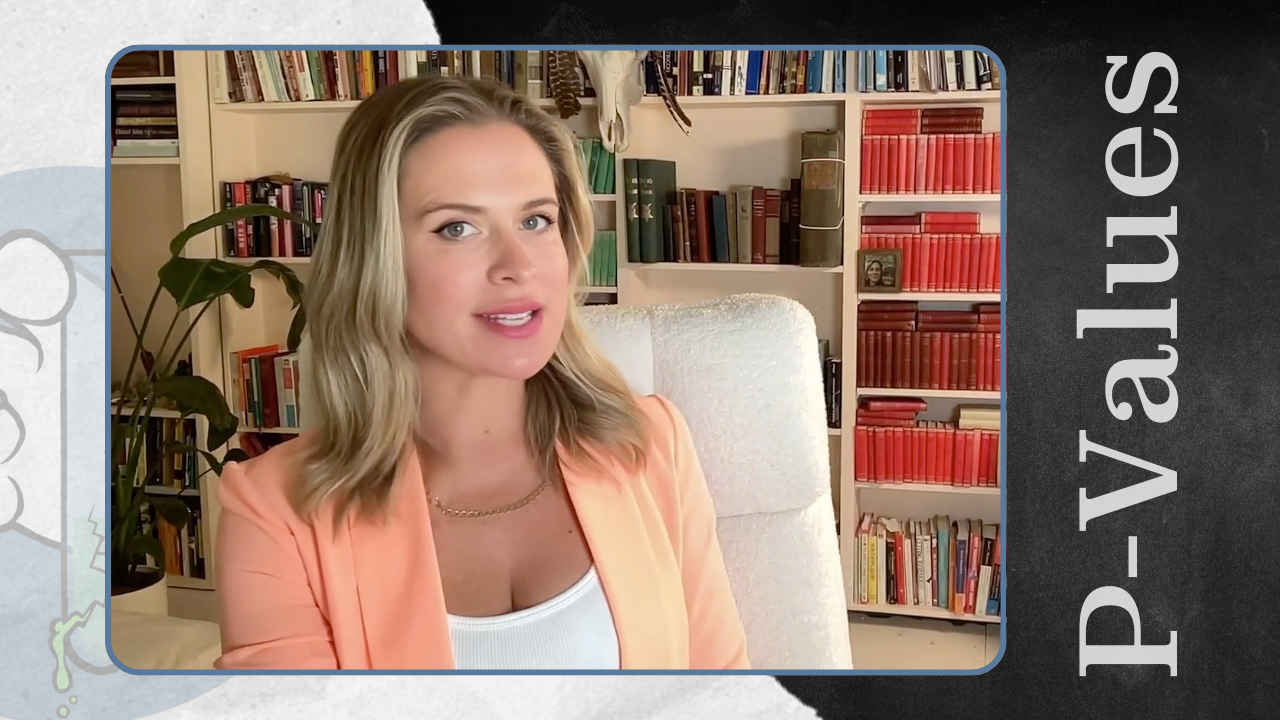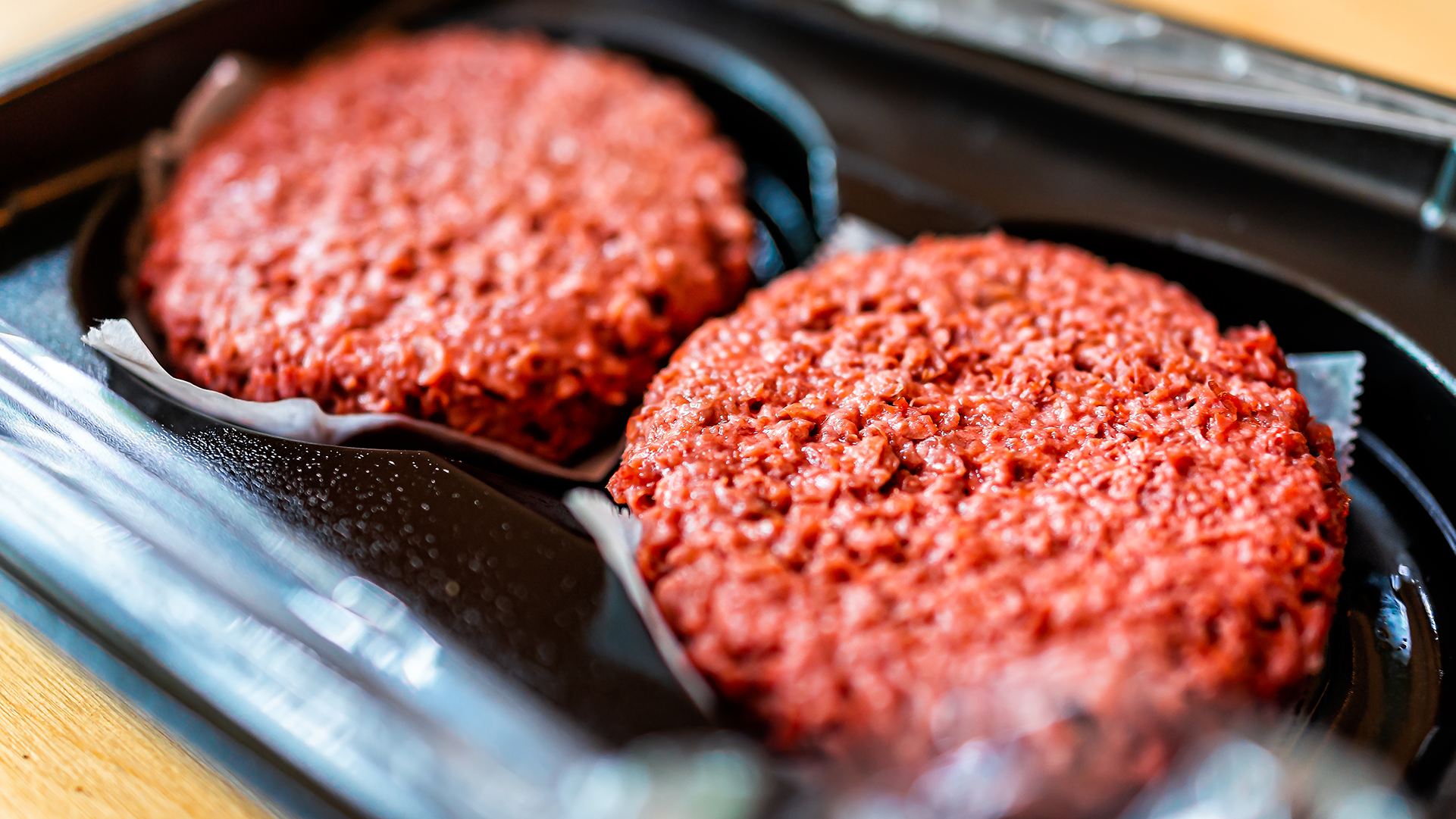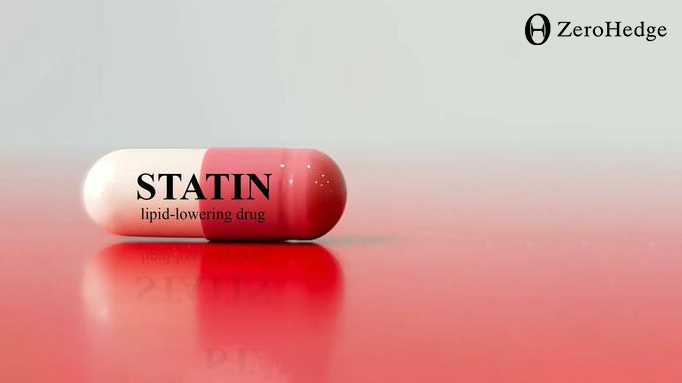Category: Curated Content
Category: Curated Content
Simply put, a p-value is a measure of the likelihood that the results of a study are due to the hypothesis, and not simply a result of chance. It compares the “null hypothesis,” the idea that the thing being studied has no effect, vs the “alternative hypothesis,” the thing being tested. So if the p-value is low, the data is thought to be significant. However, the p-value does not validate the effectiveness of the thing being studied, it simply claims to shows that the results were not due to chance.
Frighteningly, scientists, researchers, and medical professionals misinterpret the meaning of p-values but place extreme faith in them.
By Emily KaplanThe p value plays into the human need for certainty and has led to the reproducibility crisis in may fields. Some researchers want to tweak the system of analysis, while others want to overhaul it.
In this edition Malcolm explains how study results can be carefully worded, to imply results that are actually contrary to data.
In this essay mathematician Paul Lockhart makes the argument that math is an art form, and should be taught like one.
On his podcast, Emily and Dr. Drew talked at length about the overuse of statins to treat coronary heart disease.
By Emily KaplanFaults with a Stanford study's claims that a vegan diet is better for cardio metabolic health.
More evidence emerges that the use of statins to lower cholesterol may be counterproductive in preventing heart failure. Though cholesterol levels may be lowered, statins can inhibit vitamin K production, a substance critical to preventing plague buildup in arteries.
Using surrogate end-points for clinical trials represents a massive boost for pharmaceutical company profits. So, they work hard, behind the scenes, to ensure that this happens
Much planning and setup is needed to convince the world medical treatments are effective, or even necessary in the first place.








